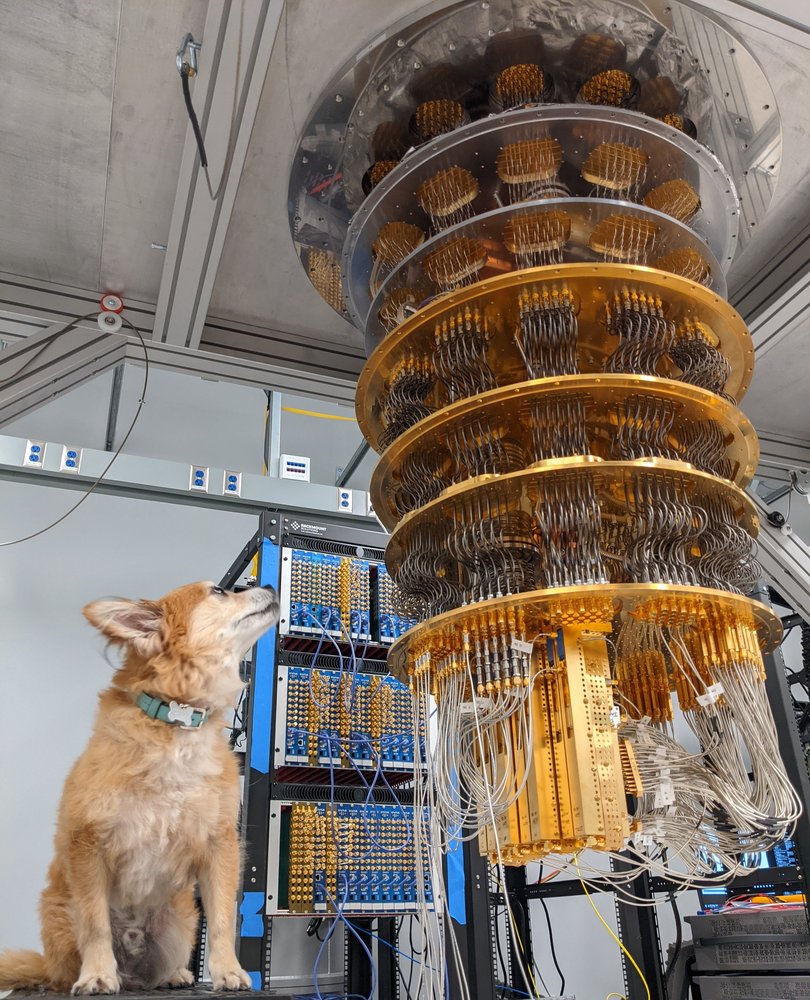Artificial intelligence is transforming industries around the world — and health care is no exception. A recent Mayo Clinic study found that AI-enhanced electrocardiograms (ECGs) have the potential to save lives by speeding diagnosis and treatment in patients with heart failure who are seen in the emergency room.
The lead author of the study is Demilade “Demi” Adedinsewo, a noninvasive cardiologist at the Mayo Clinic who is actively integrating the latest AI advancements into cardiac care and drawing largely on her learning experience with MIT Professional Education.
Identifying AI opportunities in health care
A dedicated practitioner, Adedinsewo is a Mayo Clinic Florida Women’s Health Scholar and director of research for the Cardiovascular Disease Fellowship program. Her clinical research interests include cardiovascular disease prevention, women’s heart health, cardiovascular health disparities, and the use of digital tools in cardiovascular disease management.
Adedinsewo’s interest in AI emerged toward the end of her cardiology fellowship, when she began learning about its potential to transform the field of health care. “I started to wonder how we could leverage AI tools in my field to enhance health equity and alleviate cardiovascular care disparities,” she says.
During her fellowship at the Mayo Clinic, Adedinsewo began looking at how AI could be used with ECGs to improve clinical care. To determine the effectiveness of the approach, the team retroactively used deep learning to analyze ECG results from patients with shortness of breath. They then compared the results with the current standard of care — a blood test analysis — to determine if the AI enhancement improved the diagnosis of cardiomyopathy, a condition where the heart is unable to adequately pump blood to the rest of the body. While she understood the clinical implications of the research, she found the AI components challenging.
“Even though I have a medical degree and a master’s degree in public health, those credentials aren’t really sufficient to work in this space,” Adedinsewo says. “I began looking for an opportunity to learn more about AI so that I could speak the language, bridge the gap, and bring those game-changing tools to my field.”
Bridging the gap at MIT
Adedinsewo’s desire to bring together advanced data science and clinical care led her to MIT Professional Education, where she recently completed the Professional Certificate Program in Machine Learning & AI. To date, she has completed nine courses, including AI Strategies and Roadmap.
“All of the courses were great,” Adedinsewo says. “I especially appreciated how the faculty, like professors Regina Barzilay, Tommi Jaakkola, and Stefanie Jegelka, provided practical examples from health care and non–health care fields to illustrate what we were learning.”
Adedinsewo’s goals align closely with those of Barzilay, the AI lead for the MIT Jameel Clinic for Machine Learning in Health. “There are so many areas of health care that can benefit from AI,” Barzilay says. “It’s exciting to see practitioners like Demi join the conversation and help identify new ideas for high-impact AI solutions.”
Adedinsewo also valued the opportunity to work and learn within the greater MIT community alongside accomplished peers from around the world, explaining that she learned different things from each person. “It was great to get different perspectives from course participants who deploy AI in other industries,” she says.
Putting knowledge into action
Armed with her updated AI toolkit, Adedinsewo was able to make meaningful contributions to Mayo Clinic’s research. The team successfully completed and published their ECG project in August 2020, with promising results. In analyzing the ECGs of about 1,600 patients, the AI-enhanced method was both faster and more effective — outperforming the standard blood tests with a performance measure (AUC) of 0.89 versus 0.80. This improvement could enhance health outcomes by improving diagnostic accuracy and increasing the speed with which patients receive appropriate care.
But the benefits of Adedinsewo’s MIT experience go beyond a single project. Adedinsewo says that the tools and strategies she acquired have helped her communicate the complexities of her work more effectively, extending its reach and impact. “I feel more equipped to explain the research — and AI strategies in general — to my clinical colleagues. Now, people reach out to me to ask, ‘I want to work on this project. Can I use AI to answer this question?’’ she said.
Looking to the AI-powered future
What’s next for Adedinsewo’s research? Taking AI mainstream within the field of cardiology. While AI tools are not currently widely used in evaluating Mayo Clinic patients, she believes they hold the potential to have a significant positive impact on clinical care.
“These tools are still in the research phase,” Adedinsewo says. “But I’m hoping that within the next several months or years we can start to do more implementation research to see how well they improve care and outcomes for cardiac patients over time.”
Bhaskar Pant, executive director of MIT Professional Education, says “We at MIT Professional Education feel particularly gratified that we are able to provide practitioner-oriented insights and tools in machine learning and AI from expert MIT faculty to frontline health researchers such as Dr. Demi Adedinsewo, who are working on ways to enhance markedly clinical care and health outcomes in cardiac and other patient populations. This is also very much in keeping with MIT’s mission of ‘working with others for the betterment of humankind!’”













